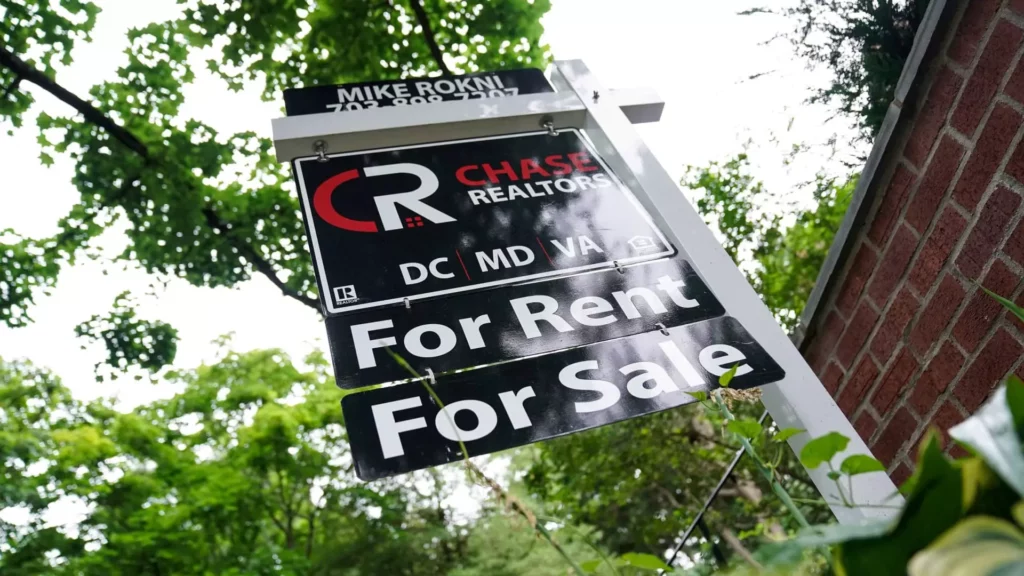In September, the real estate market witnessed a notable dip in sales of previously owned homes, with a decrease of 1% from August, resulting in a seasonally adjusted annual rate of 3.84 million units. This marks the slowest rate observed since October 2010 and signifies a concerning trend. Comparatively, September sales were down 3.5% from the same month in the previous year. As the market grapples with these figures, it is crucial to examine the broader context and underlying factors influencing this downturn.
Sales activity varied significantly across the United States, with three of four regions experiencing decreases in sales. Notably, only the West region saw a slight improvement. This lack of uniformity indicates that local economic conditions and consumer sentiment heavily influence housing sales. Mortgage rates, which began July hovering around 7% for the standard 30-year fixed loan, have since tapered off to just below 6.5%. When considering the rates a year prior, current levels are more than a full percentage point lower, yet these reductions have not translated into a robust increase in transactions.
According to Lawrence Yun, the chief economist for the National Association of Realtors, the stagnation in home sales persists at approximately a four-million-unit pace, despite several factors typically correlating with stronger sales emerging in the market.
Inventory Levels and Market Dynamics
While the market faces declining sales figures, inventory levels showed a slight uptick of 1.5% month-over-month, culminating in 1.39 million homes available by the end of September. This translates to a 4.3-month supply based on the current sales velocity and represents a 23% increase year-over-year. The increase in inventory presents a silver lining for home buyers, as it provides greater choices when considering their options. However, Yun emphasized that the stock of distressed properties remains marginal, attributed to the low mortgage delinquency rates – a factor that makes the inventory situation more complex. With only 2% of transactions in September being distressed sales, the market retains its overall strength.
Despite a slight increase in available homes, the persistent pressure from low inventory continues to push home prices higher. The median price for an existing home sold in September was $404,500, reflecting a 3% year-over-year rise and marking the 15th consecutive month of price increases. This pricing trend illustrates a market that remains competitive, despite the less favorable sales numbers.
The composition of buyers sheds light on the market’s dynamics, with cash transactions accounting for 30% of sales in September, an increase from pre-Covid levels, where cash buyers constituted roughly 20%. Interestingly, the share of sales attributed to investors has slightly decreased, highlighting that the cash flow in the market is not solely fueled by investment entities, but also by individual purchasers.
The situation for first-time buyers is particularly challenging; they represented only 26% of sales in September, indicating a reticence among this segment of buyers to enter the market. As homes become less affordable and competition remains fierce, first-time buyers are finding it increasingly difficult to secure properties. As the market continues to evolve, watching these metrics will yield essential insights into the health of the real estate landscape and guide potential buyers through their decisions.

